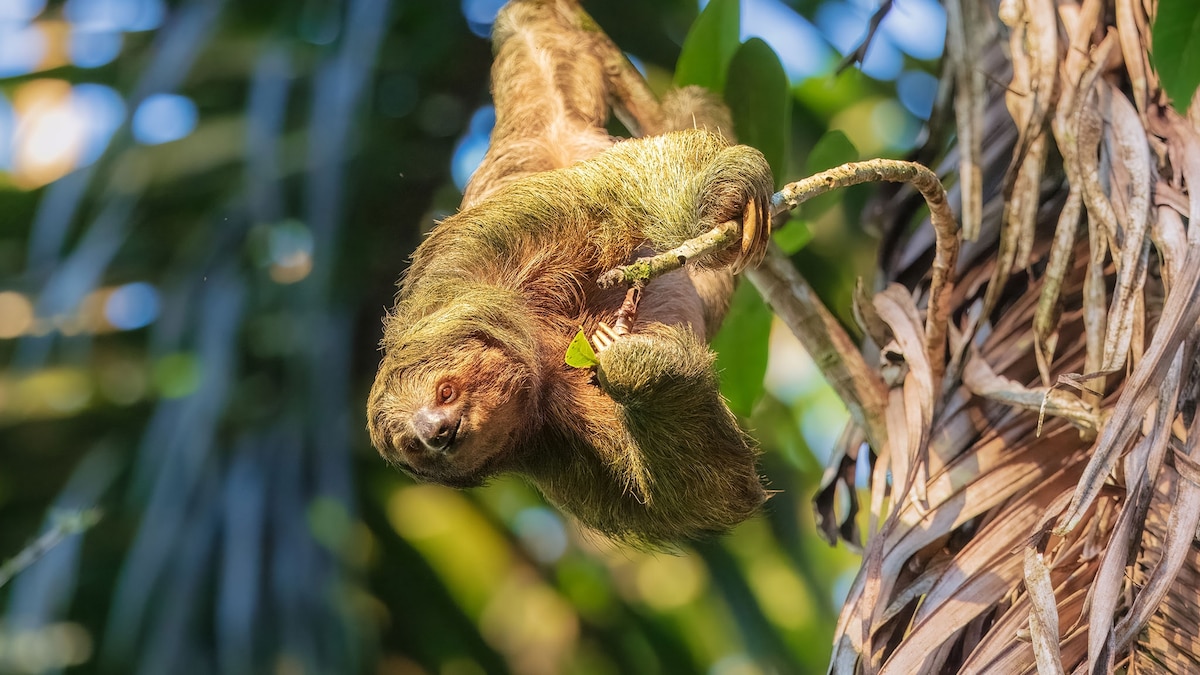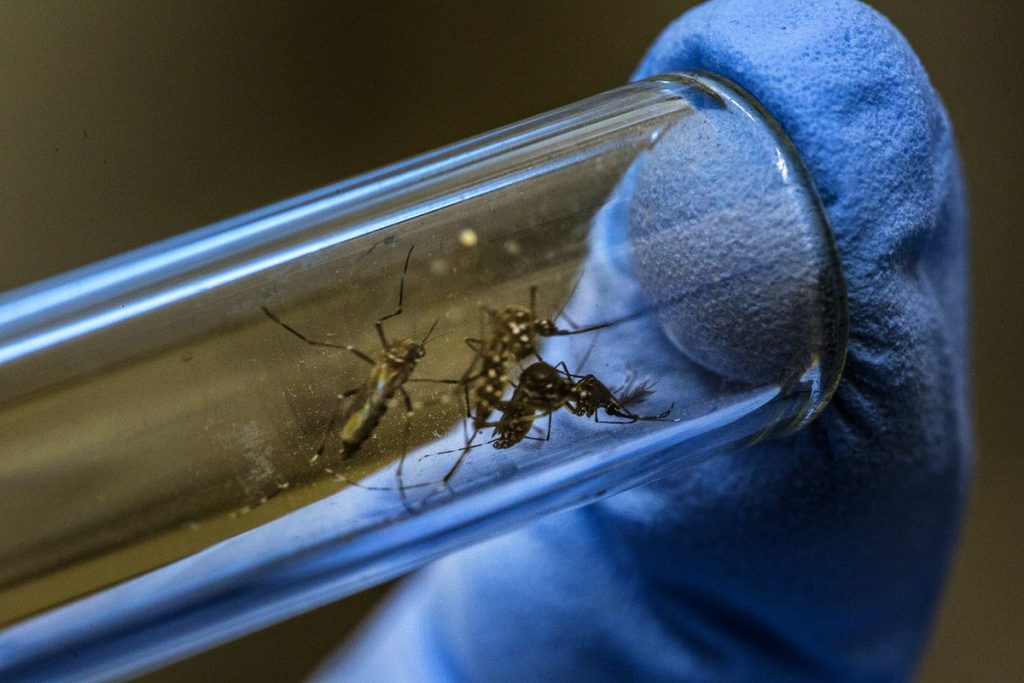Now Reading: Sloth Fever: Understanding the Rare Virus and Its Spread
-
01
Sloth Fever: Understanding the Rare Virus and Its Spread
Sloth Fever: Understanding the Rare Virus and Its Spread

Rapid Summary:
- The Oropouche virus,previously confined to the Amazon region,has now spread across 11 countries in the Americas with over 12,000 confirmed cases reported in 2025.
- First detected in 1955 and typically transmitted by biting midges (Culicoides paraensis), the virus has evolved into a strain that spreads faster and evades immune responses more effectively.
- Deforestation is identified as a key factor driving midges closer to human habitats, increasing possible transmission rates.
- Travel is another meaningful contributor facilitating outbreaks outside endemic regions. For example, Florida’s cases were linked to travelers returning from Cuba during its outbreak last year.Local transmission in Florida remains unverified but poses future risk.
- Symptoms of Oropouche include fever, chills, headache, muscle aches, and joint pain. Rare severe outcomes like meningitis or encephalitis have been reported alongside limited fatalities since 2023.
- Currently, no vaccine or specific treatment exists for Oropouche virus. Prevention strategies focus on avoiding insect bites through repellents and protective clothing.
Indian Opinion Analysis:
The rapid spread of the Oropouche virus illustrates how ecological disruptions such as deforestation can have unforeseen consequences globally. For india-a country with dense populations living near forested areas-this serves as a cautionary tale about zoonotic diseases adapting due to environmental changes. Additionally, India’s high international travel volume could heighten vulnerability to imported viruses like Oropouche if proactive disease monitoring systems are not robustly strengthened.
While India hasn’t faced an outbreak yet due to geographical distance from affected regions like Latin America and the Caribbean Islands-the lessons of preventive measures against insect vectors should resonate strongly here given existing threats from diseases spread by mosquitoes such as dengue or chikungunya. policymakers should prioritize scientific research on vector management while enhancing public health frameworks for global infectious risks.Read More: National Geographic Article



























